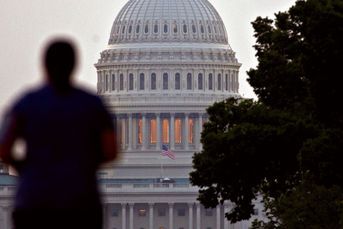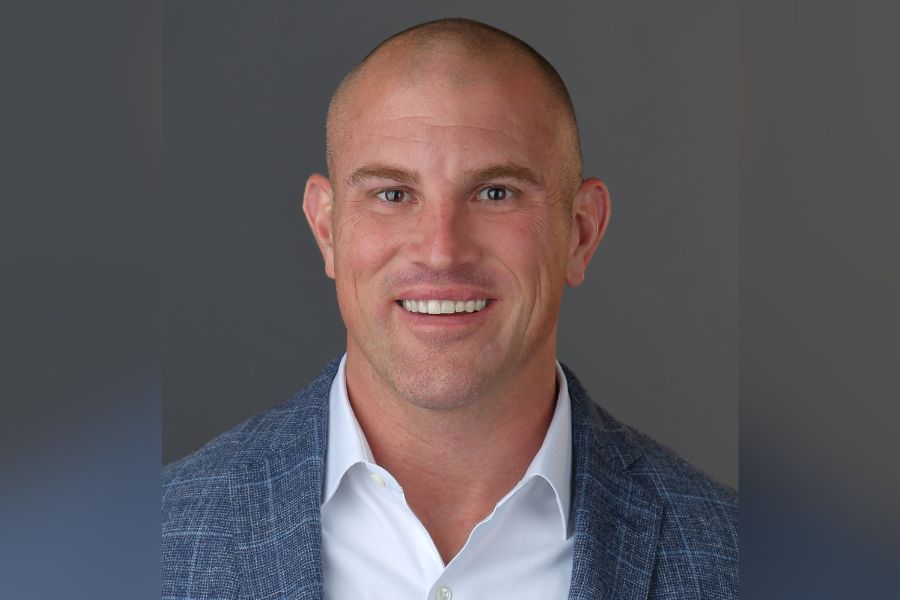Rift, rather the chasm, separates parties on investment-income taxes
Although a chasm separates Democrats and Republicans over most of the Bush tax cuts, the difference between them on taxation of investment income is more of a rift. Democrats are seeking a 20% rate on dividends and capital gains, while the GOP wants to set it at 15%.
Although a chasm separates Democrats and Republicans over most of the Bush tax cuts, the difference between them on taxation of investment income is more of a rift.
Earlier this week, the staff of Rep. Sander Levin, D-Mich., ranking member of the House Ways and Means Committee, issued a “fact-check” press release to rebut claims by House Speaker John Boehner, R-Ohio, who said that the bill passed by the Democratic Senate to extend the Bush breaks only for households earning less than $250,000 would hurt elderly Americans who depend on dividend income.
“The Senate-passed Democratic plan keeps the dividend rate at 15% on the first $250,000 of dividend income and holds the dividend rate at 20% on dividend income above $250,000,” the Ways and Means statement said. The Democratic plan would set capital gains at 20% for higher-income levels.
In seeking to extend all the Bush tax cuts for one year, Republicans want to keep both capital gains and dividends at a 15% rate for all income levels.
The two proposals are much closer than the distance between Republicans and Mr. Obama, who wants the dividend rate to snap back to the ordinary-income level.
That would mean that dividends would be taxed at about 44% for the highest earners. They would have to pay an income-tax rate of about 39% as well as the 3.8% tax on investment income imposed by health care reform.
The key movement over the last couple of weeks is that congressional Democrats “are prepared to keep the dividend tax rate the same as the capital gains tax rate,” said Andrew Friedman, principal at The Washington Update, which provides political and legislative analysis for investors and advisers.
Capitol Hill Democrats are taking a more practical view of investment taxation than Mr. Obama, according to Mr. Friedman. The president would like to see dividend taxes rise to stay in line with his effort to promote the so-called Buffet Rule, which would impose higher taxes on the wealthy.
“The Democrats in Congress are putting theory aside,” Mr. Friedman said. “They’re saying, ‘We don’t want retirees in our districts who rely on dividend income to pay too high a tax on that.’”
Although a 5% difference on investment-income taxation may seem like a small amount, it could still become a major sticking point between Republicans and Democrats during fiscal-cliff talks in the lame-duck session of Congress later this year.
“In an era like this where everything is magnified, a tax increase of what may seem like a few points to one side is a big tax increase to the other side,” said Tim Steffen, senior vice president and director of financial planning at Robert W. Baird & Co. Inc. “It all depends on your perspective.”
The difference between Republicans and Democrats on the estate tax also is modest. The Republicans want to extend the current 35% rate and approximately $5 million exemption. House Ways & Means Democrats have introduced a bill that would set the top rate at 45% and the exemption at $3.5 million.
That separation, though, may turn out to be bigger in reality than it is on paper.
“Is the difference between $3.5 million and $5 million that big?” Mr. Steffen said. “It is if you’re in that range.”
Democrats and Republicans are farther apart on the gift tax, with Democrats seeking a $1 million exemption and Republicans pushing for $5 million, according to Mr. Friedman.
He also warns that Congress may fall off the fiscal cliff, which would take the dividend rate beyond 40% and the estate tax rate to 55% with a $1 million exemption.
“You can’t dismiss congressional deadlock and nothing getting passed,” Mr. Friedman said.
For lawmakers, a 5% difference could become a bridge too far.
Learn more about reprints and licensing for this article.








